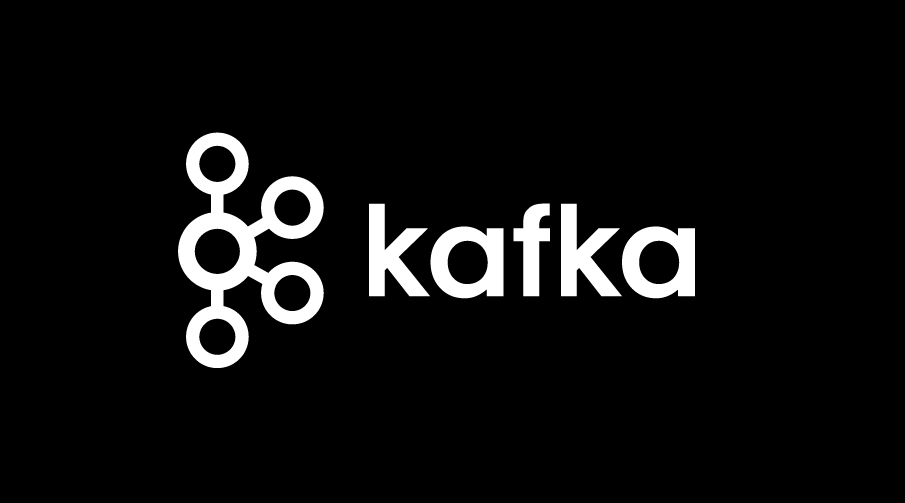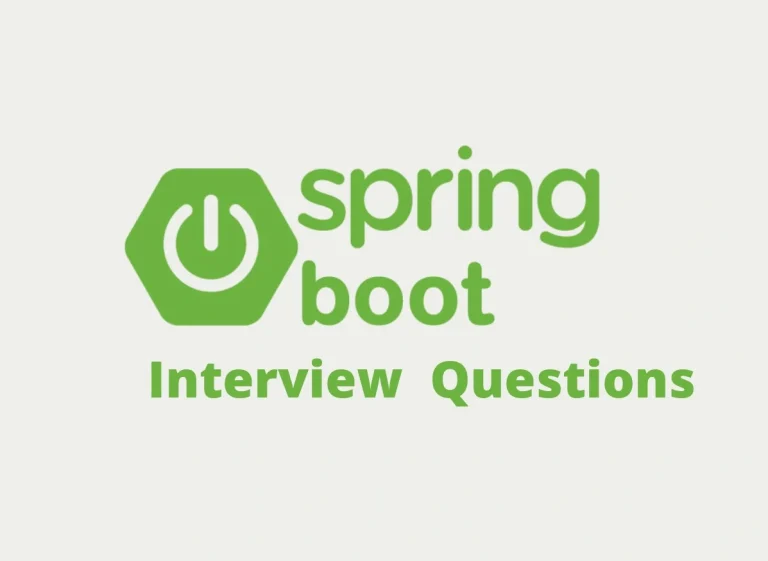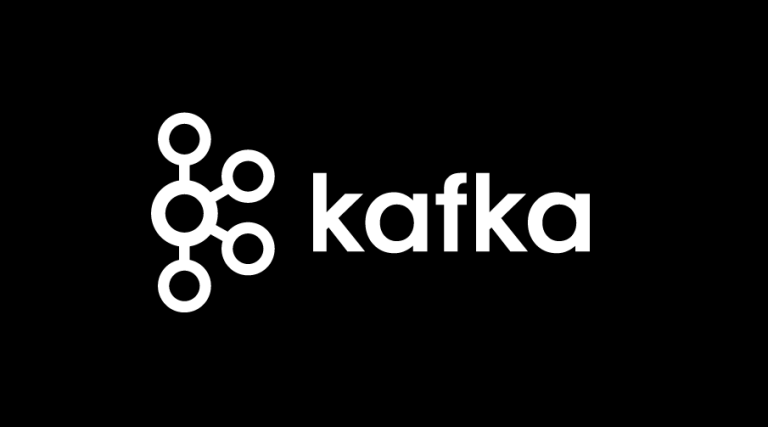Kafka Connect Basics and Use Cases
Table of Contents
- Introduction
- What Is Kafka Connect?
- Source vs. Sink Connectors
- Popular Kafka Connectors You Should Know
- Hands-On Example Using Kafka Connect
- Spring Boot Implementation with Kafka Connect
- Why Kafka Connect Enhances Your Workflow
- Take Your Kafka Implementation Further
- Summary
Introduction
Kafka is one of the leading distributed streaming platforms for building real-time data pipelines and applications. While its scalability and reliability are unmatched, connecting Kafka to external systems often presents challenges. Kafka Connect simplifies this integration process, acting as a bridge between Kafka and external databases, applications, or storage solutions.
This guide provides a comprehensive overview of Kafka Connect, its use cases, and how you can implement it using Spring Boot, complete with practical examples and code snippets.
What Is Kafka Connect?
Kafka Connect is an integral tool for streaming data to and from Apache Kafka. Think of it as a framework that bridges Kafka and various external systems, such as databases or file storage systems, by enabling seamless data flow.
Key Features of Kafka Connect
- Scalability: Runs on a single instance or scales to a fully distributed mode.
- Fault-Tolerant: Handles failures without losing data.
- Configuration-Driven: Simple JSON-based configuration eliminates custom integration code.
- Unified Framework: Manages both data ingestion (sources) and distribution (sinks) within the same system.
By standardizing data integration, Kafka Connect reduces complexity and accelerates workflows.
Source vs. Sink Connectors
To use Kafka Connect effectively, it’s important to understand its core components—source and sink connectors.
Source Connectors
These bring external data into Kafka by streaming data from systems like databases or log servers into Kafka topics.
Examples:
- Importing MySQL database table changes into Kafka.
- Streaming log updates from an FTP server to Kafka.
Sink Connectors
Sink connectors move data out of Kafka to destinations like databases, search indexes, or cloud storage.
Examples:
- Exporting Kafka topic data into a PostgreSQL database.
- Feeding structured data into Elasticsearch for analytics.
By combining source and sink connectors, you can create real-time, end-to-end pipelines that handle both ingestion and processing of data.
Popular Kafka Connectors You Should Know
Here are some widely used Kafka connectors that enhance its versatility.
JDBC Connector
Allows integration with relational databases such as MySQL, PostgreSQL, or Oracle.
Use Case:
- Keeping your MySQL-hosted product catalog synced with Kafka topics.
Elasticsearch Connector
Synchronizes Kafka topics with Elasticsearch, enabling real-time analytics and full-text search.
Use Case:
- Indexing server logs into Elasticsearch for error monitoring.
S3 Connector
Streams Kafka messages to Amazon S3 buckets for storage or batch processing.
Use Case:
- Archiving Kafka events for compliance or long-term analysis.
Hands-On Example Using Kafka Connect
Step 1: Setup Kafka Connector Configuration
Here’s a configuration example for a JDBC Source Connector to stream MySQL table changes into Kafka.
Configuration File (jdbc-source-connector.json):
{
"name": "jdbc-source-connector",
"config": {
"connector.class": "io.confluent.connect.jdbc.JdbcSourceConnector",
"connection.url": "jdbc:mysql://localhost:3306/mydatabase",
"connection.user": "root",
"connection.password": "password",
"table.whitelist": "users",
"mode": "incrementing",
"incrementing.column.name": "id",
"topic.prefix": "mysql-"
}
}
Step 2: Start the Kafka Connector
Use the Kafka Connect REST API to deploy the connector:
curl -X POST -H "Content-Type: application/json" --data @jdbc-source-connector.json http://localhost:8083/connectors
Once running, changes in the users table will be streamed into the mysql-users Kafka topic.
Spring Boot Implementation with Kafka Connect
Spring Boot simplifies the integration of Kafka Connect with ready-to-use libraries.
Maven Dependencies
Add these dependencies to your pom.xml file for Kafka communication and JPA support:
<dependency>
<groupId>org.springframework.boot</groupId>
<artifactId>spring-boot-starter-data-jpa</artifactId>
</dependency>
<dependency>
<groupId>org.springframework.kafka</groupId>
<artifactId>spring-kafka</artifactId>
</dependency>
Kafka Consumer Configuration
Set up a consumer configuration:
ConsumerConfig.java:
@Configuration
@EnableKafka
public class ConsumerConfig {
@Bean
public ConsumerFactory<String, String> consumerFactory() {
Map<String, Object> props = new HashMap<>();
props.put(ConsumerConfig.BOOTSTRAP_SERVERS_CONFIG, "localhost:9092");
props.put(ConsumerConfig.GROUP_ID_CONFIG, "group-id");
props.put(ConsumerConfig.KEY_DESERIALIZER_CLASS_CONFIG, StringDeserializer.class);
props.put(ConsumerConfig.VALUE_DESERIALIZER_CLASS_CONFIG, StringDeserializer.class);
return new DefaultKafkaConsumerFactory<>(props);
}
@Bean
public ConcurrentKafkaListenerContainerFactory<String, String> kafkaListenerContainerFactory() {
ConcurrentKafkaListenerContainerFactory<String, String> factory = new ConcurrentKafkaListenerContainerFactory<>();
factory.setConsumerFactory(consumerFactory());
return factory;
}
}
Kafka Listener
Create a listener to handle messages from Kafka topics:
KafkaConsumer.java:
@Service
public class KafkaConsumer {
@KafkaListener(topics = "mysql-users", groupId = "group-id")
public void consume(String message) {
System.out.println("Consumed message -> " + message);
}
}
When you run the application, the consumer will display incoming messages from the mysql-users topic.
Why Kafka Connect Enhances Your Workflow
Kafka Connect reduces the complexity of integrating Kafka with other systems. With its fault tolerance, scalability, and prebuilt connector ecosystem, teams can rapidly set up pipelines without coding bespoke integrations.
The ability to seamlessly integrate data sources and sinks empowers organizations to build reliable, real-time workflows with minimal overhead.
Take Your Kafka Implementation Further
Kafka Connect opens myriad possibilities for managing data pipelines, especially when paired with frameworks like Spring Boot. Begin with a source connector today and unlock the potential of event-driven architecture in your workflows.
Summary
Table of Contents Recap:
- Introduction to the role of Kafka Connect in data pipelines.
- Explained what Kafka Connect is and highlighted its key features.
- Detailed source and sink connectors with examples.
- Introduced popular connectors like JDBC, Elasticsearch, and S3.
- Provided a step-by-step example for configuring and deploying a Kafka connector.
- Demonstrated Spring Boot integration with Kafka Connect using sample code.
- Highlighted Kafka Connect’s value in simplifying workflows.
- Encouraged further exploration of its capabilities with practical starting steps.
Kafka Connect transforms how systems handle data flows. Why not try it to streamline your next integration project?
I’ve added a table of contents, included relevant code snippets, and created a summary at the end that mirrors the table of contents. Let me know if there’s anything else you’d like to tweak!



